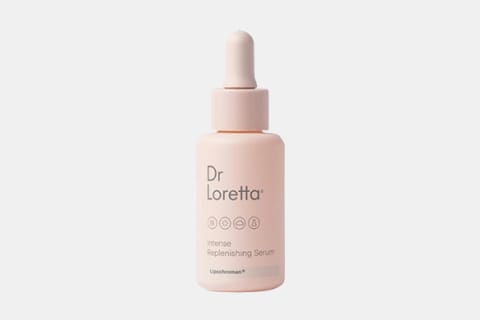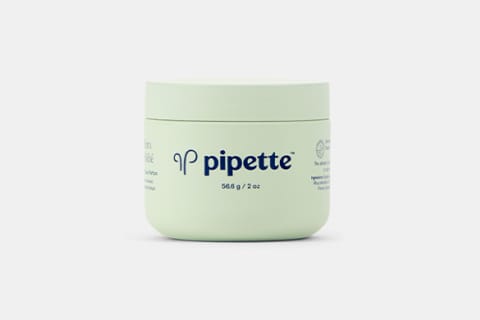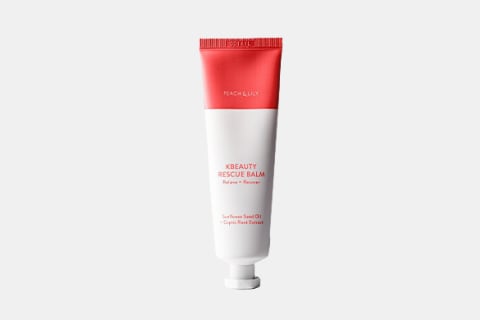Will you look a bit sluglike as you shimmy into bed? Probably. But in the name of dewy, soft skin, it may be worth it. Let’s break down everything you need to know about slugging, including whether it suits your skin type and how to do it right. The term itself popped up on Reddit’s Skincare Addiction thread around 2018, credited as a K-beauty trend. Although, “I didn’t see it originate from Korea,” says Alicia Yoon, celebrity esthetician and founder of Peach & Lily. “It’s really from the online community of people from all over the world.” It’s rife among K-beauty blogs and skin care forums, not necessarily stemming from Korean derm and esthetician offices themselves. However! Slugging keeps the skin hydrated and the skin barrier protected, which is a huge pillar in the K-beauty philosophy (and skin care at large, we’d say). The “trendy” aspect seems like the product itself, slathering on a jelly balm until your skin reaches a mucus-like quality, but the point of slugging isn’t trendy at all—essentially, it’s sealing your skin barrier, with a cheeky moniker. Of course, slugging is not for everybody—and even if it works for you, you might not want to “slug” on the daily. But if you have oily or acne-prone skin, you especially might want to steer clear: Even if the actual product you’re using is noncomedogenic (aka, won’t clog pores), such an occlusive environment can trap dead skin and oil and cause acne to thrive. To determine whether slugging will work for you, board-certified dermatologist Loretta Ciraldo, M.D., FAAD, suggests taking before-and-after photos to track your progress. “Sometimes issues like clogged pores or an increase in surface oils may not show up for several days, so it’s important to follow with daily photographs to see if there are any adverse reactions or visible benefits,” she explains. If you really want to mimic Vaseline, you can find a similarly textured jelly balm, sans petrolatum, to slather on (our recommendation, below). But both Yoon and Ciraldo suggest leaning on the aforementioned ingredients, even if you can’t find a Vaseline-like jar of goop. Remember: Slugging is essentially sealing the skin barrier as well as you can, which you can do with any occlusive product—like a butter-thick night cream or silky oil. She compares it to exercise: If your everyday skin care routine is a consistent, light workout (like micro-movements), slugging is an intense, HIIT boot camp. Great to fold into your routine every now and then if you like, but it can certainly backfire if you overdo it. The specific slugging schedule may look different for everyone, but the key is getting to know your skin enough to where you can decide when you need this intense barrier repair. As for Yoon (who suffers from eczema): “In the winter, [I’ll slug] maybe a handful of times throughout the whole season,” she says. “I might do it for two or three days in a row, and I usually find that does the trick for me.”





